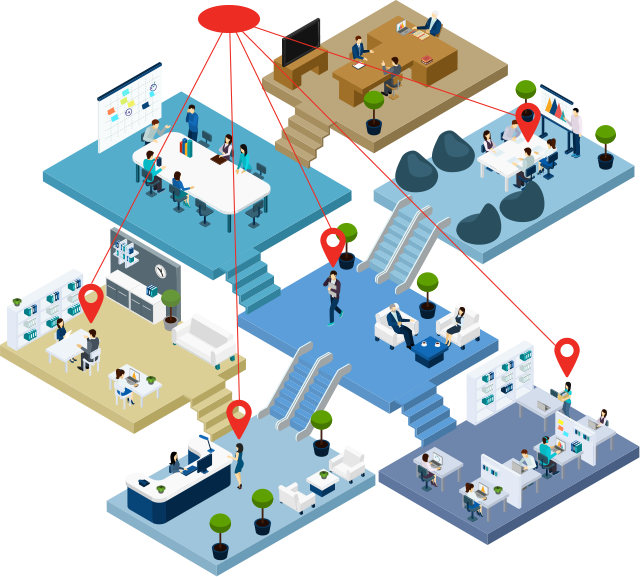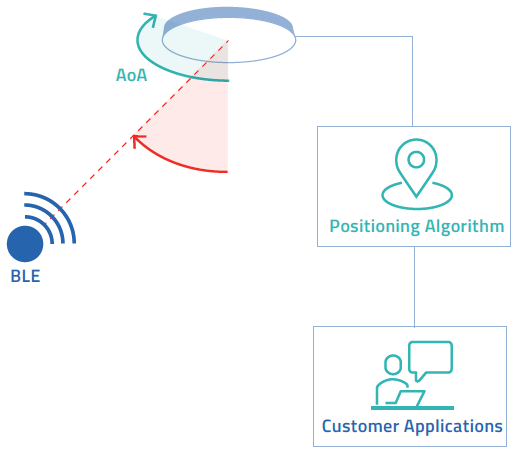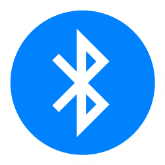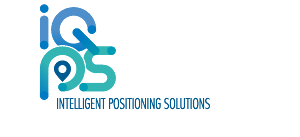RTLS Technology
Indoor positioning systems rely on
a dedicated hardware infrastructure
deployed within the building
RTLS Technology explained
When choosing the right indoor positioning technology for your demands, a lot of different factors come into play. While some applications demand pinpoint accuracy, others require more of a basic knowledge of an object’s presence within a defined space.
You also need to keep an eye on the future – how will your needs and requirements change over time; how flexibly can your solution support those changes. With the Quuppa system, you choose an agile infrastructure that can easily expand, diversify and strengthen as your current and future needs grow.

QUUPPA and
the magic behind
The Quuppa Intelligent Locating System™ is a powerful engine for various Location Based Services and Applications. It provides accurate real-time positioning data using Bluetooth® Low Energy (BLE) technology, unique Angle-of-Arrival (AoA) signal processing method, and advanced proprietary algorithms.
Advanced antennas, the Locators, measure the direction of a radio signal transmitted by a Tag. The Quuppa Positioning Engine then computes the Tag’s position using advanced algorithms.


Bluetooth® Low Energy
The Quuppa system is based on Bluetooth® Low Energy (BLE) technology, which provides several advantages – including long Tag battery lifetime, compatibility with mobile devices, and the ability to carry sensor data alongside the positioning data.

Angle of Arrival
The unique insight behind Quuppa system is combining Bluetooth® wireless technology with Angle-of-Arrival signal processing method, which enables the superior positioning accuracy compared to solutions that are based on Received Signal Strength Indication (RSSI).

Advanced Algorithms -
the core innovation
The Bluetooth® technology and AoA methodology are freely available for anyone. However, turning these building blocks into a reliable and scalable solution is not a trivial task.
Key features
Questions?
Interested?
IQPS Smartbuildings
© IQPS Smartbuildings 2021 | IQPS is a subsidiary of Persy Control Services BV. | Privacy Statement | Cookies
